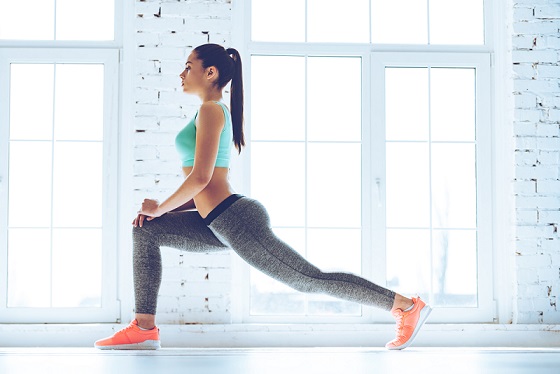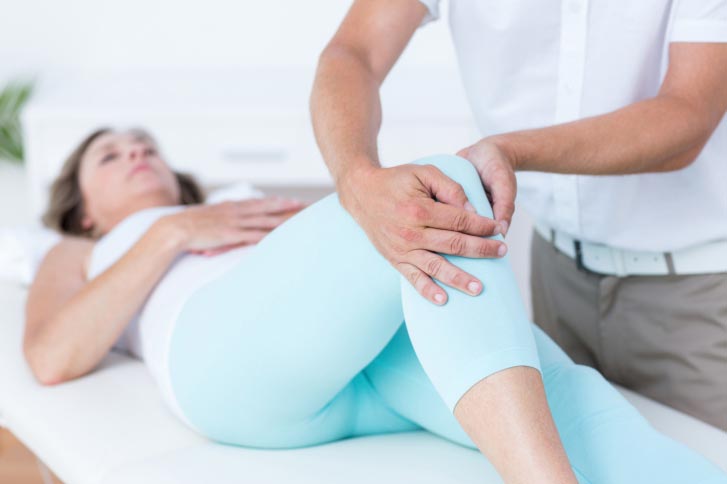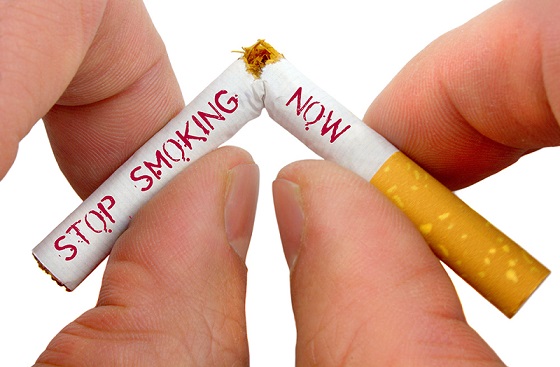With the passage of age, due to genetic reasons or simply due to medical reasons, our joints begin experiencing more wear and tear. This in turn makes them more vulnerable to injuries, and you don’t need us to tell you that this isn’t good for you. For those of you who didn’t know, joints are what we call the connecting areas between any two bones in our bodies.
It is because of joints that we are able to bend our knees and elbows, flex our fingers, bend our backs and what not. However, sometimes we experience discomfort, pain or even debilitating joint conditions. This is why, irrespective of your age, you have to know how to keep joints healthy.

Tips and Tricks to Keep Joints Healthy
1. Increase Your Intake of Fats
And before you jump for joy, I don’t mean the unhealthy ones found abundantly in junk food and friend foods. I mean the healthy fats (like omega 3 fatty acids) which are essential in fighting inflammation in your body. Food sources like chia seeds, flaxseeds, walnuts, avocado, and salmon are good sources of omega 3. If consuming food sources is not an option, then opt for omega 3 supplements.
2. Massage Them

Proper massaging requires proper movement, tension and pressure on your joints that targets the affected ligaments, muscles and soft tissues. The best bet would of course be to hire a professional to do your massage for you. But if that is not possible, then a 10-15 minute routine daily will work wonders for you. Warm coconut oil works best, but castor oil is not far behind!
3. Get Rid of Unnecessary Weight
Here’s the thing – the heavier you are, the more pressure is put on your joints for carrying such heavy weight constantly. Can you imagine the wear and tear they go through on a daily basis? To put things in perspective, 1kg of weight over your ideal weight is equal to a minimum of 3kg of weight/pressure on your lower body joints.
4. Strengthen Your Muscles
Your muscles are very important, especially when it comes to how to keep joints healthy.In fact, it is your muscles that help absorb all the shock that your joints receive, so the stronger your muscles are, the better they will act as shock absorbers.
Begin with light weight exercises and moderate cardio. Slowly and steadily, start increasing your weights because the best way to build your muscles is by strength training. Make sure you don’t overwork any one particular muscle or body group – keep changing your routine.
Cycling is also excellent for your joints, so make sure you’re doing at least 15 minutes’ worth of cycling every day. If you have arthritis then it’s best to talk to your instructor before doing any form of strength training.
5. Say No to Smoking and Drinks

That’s because the more you consume them, the more your bone health deteriorates. Needless to say, weak bones = weak joints. In fact, several studies have found that drinkers and smokers are at a higher risk of developing gouts and rheumatoid arthritis (respectively) than those who don’t drink or smoke at all.
6. A Strong Core Is Important
It might not appear that way, but one of the most important things about how to keep joints healthyis a strong core. A strong core encourages better body movement and posture, which in turn reduces the amount of stress placed on our joints. If you think strength training is not something for you, then try pilates or yoga. And speaking of posture…
7. Watch Your Posture
Your posture is important too. Walking with a hunch, not sitting with your back straight, walking a lot in heels etc. affect the pressure applied on your joints greatly because your body is not in its natural alignment. Whenever you catch yourself in a bad posture, correct yourself. If that is not possible then think about investing in supportive furniture like chairs with special back support that keep your backs aligned throughout the day. And also keep in mind that…
8. Mobility Is Important

If you feel that you still aren’t able to align your body properly, just take a break from what you’re doing. Go for a 5 minute walk. The thing is movement allows the synovial fluid within our body to move about freely. This fluid acts as a lubricant which allows for better movement of your joints. Also, movement prevents the accumulation of older synovial fluid which tends to accumulate, resulting in the growth of microbes and even mineral deposits.
9. Ice, Ice Baby!
Another good way of getting rid of old synovial fluid caught up in your joints is by applying ice on them. Not only does it heal external pain, but the ice helps move the liquid from your joints to your lymphatic system of your body, which in turn is able to rid your body of the fluid completely. The best time to massage your joints with ice is 10-15 minutes after you’re done with your exercises on how to keep joints healthy.
10. Body Rolling
This video will help you understand which exercises to do for the affected joints in your body. Body rolling is great because it works our muscles, which become looser and more flexible. However, if you feel that even body rolling is not working out for you, then you should talk to a physiotherapist or osteopath.
11. Stretching Is Necessary
Post and pre-workout always ensure that you’re doing at least 15 minutes’ worth of stretching exercises diligently. Pre-workout stretching is necessary as it warms up your muscles for an intense exercise. Post-workout stretching is necessary because that helps your muscles relax after your workout session. It also helps loosen up your muscles and joints, prevents swelling and pain, and strengthens your muscles.